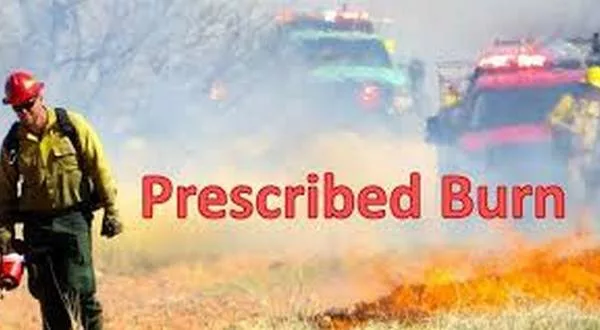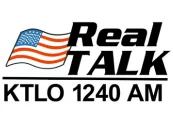
The U.S. Forest Service is preparing for another round of prescribed burns. According to the U.S. Department of Agriculture, officials in the Ozark-St. Francis National Forest will be conducting the burns in Arkansas over the next several months.
Prescribed burns are reportedly conducted when the conditions indicate natural resource management objectives will be met, and impact to the public will be minimal. Land managers use prescribed fire to promote natural ecological processes.
Ozark-St. Francis National Forests’ Fire and Aviation Staff Officer Joshua Graham says, “The primary goal of prescribed burns is to reduce the potential for large, costly, catastrophic wildfire. Other important objectives include increasing food and cover for wildlife, increasing plant germination, or reducing fuels, such as leaf litter, woody debris, brush, and small trees. Fire is a critical ecological process for our forests, and without it, many populations of native plants and animals could decline. Areas are continually monitored after completed burns to evaluate the response of vegetation and wildlife to prescribed burning.”
Controlled burning is planned, calculated, and conducted under very specific weather conditions by trained personnel. It can take three to 12 months from the beginning of the planning stage to the start of the prescribed burn, requiring land managers to look at several variables. They collect data and compile a report listing a set of requisites, which is required for a prescribed burn. The report is often referred to as a burn plan, or prescription. After a complete analysis, a burn plan is finalized, stating all the required conditions for when and where a prescribed burn will occur. The times when all conditions are met are referred to as burn windows. Burn windows vary across the country, but usually occur in spring, fall and winter months due to wetter conditions. Burn windows can also close quickly because of weather conditions. Fire managers in Arkansas typically have two seasonal windows to conduct prescribed burns: dormant season (in the winter) and growing season (beginning mid-March).
Many factors must be met before a prescribed fire can be ignited. The day chosen must be the right combination of appropriate humidity, wind speed and direction, temperature, fuel moisture, and atmospheric conditions. If any one of the factors does not meet the requirements, the prescribed burn will be postponed until all conditions are met. “Our policy states we must be within the prescription to conduct a prescribed burn,” said Graham. “This means all environmental, weather conditions, and projected fire behavior models must align with what is in the plan.”
According to Graham, wind speed and direction are among the most important factors considered on burn day because wind direction determines where the fire could spread and where smoke could go. “Unlike wildfire, when we conduct a prescribed burn, we must adhere to air quality standards set by the Environmental Protection Agency, which means we must plan for smoke,” said Graham. “Depending on the proximity to the national forest lands, there could be times that communities will be impacted for a short time during the late afternoon and evening hours while the smoke settles near the surface. Fire managers work to minimize this impact by limiting late ignition times.”
Conducting a prescribed burn is not without risk. The burn plan is designed to reduce the risk of a fire escaping and to mitigate smoke exposure to communities. If a prescribed burn were to escape, contingencies are outlined in the burn plan. In general, that includes ordering additional pre-identified firefighting resources that are on standby, ready to respond to such an emergency.
Prescribed burn notifications are posted on the Facebook page US Forest Service – Ozark-St. Francis National Forests. Prescribed fire information can also be found at fs.usda.gov/osfnf.
WebReadyTM Powered by WireReady® NSI










